Cheetahs live at low densities and therefore need large areas for a viable population long-term.
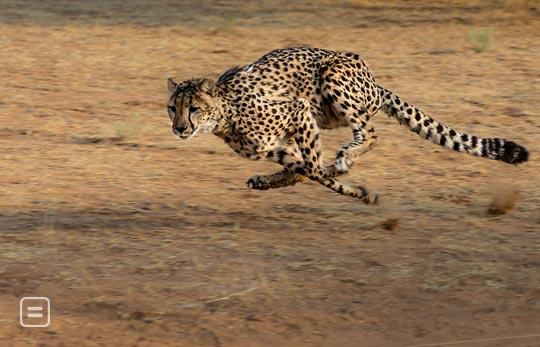

Wildlife and conservation new, wild travel information and links for booking
Cheetahs live at low densities and therefore need large areas for a viable population long-term.

At the minimum, the Amur leopard population fell to as low as 30 individuals. The Asiatic cheetah is therefore far closer to extinction. At the current time there are thought to be 9 males and 3 females left in the wild. Given that in 2010 there were around 100, while this is still a highly threatened species clearly the threats to their continued existence have not gone away.
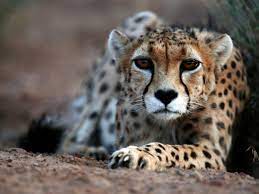
11 years ago a DNA assessment was done on the Iranian cheetah. This cheetah population is the last Asian cheetah population remaining.
It was thought that all cheetah went through a bottleneck 10,000 years ago, meaning that all cheetah were closely related. However this is not as all encompassing as we thought.
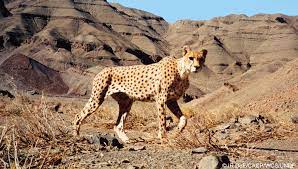
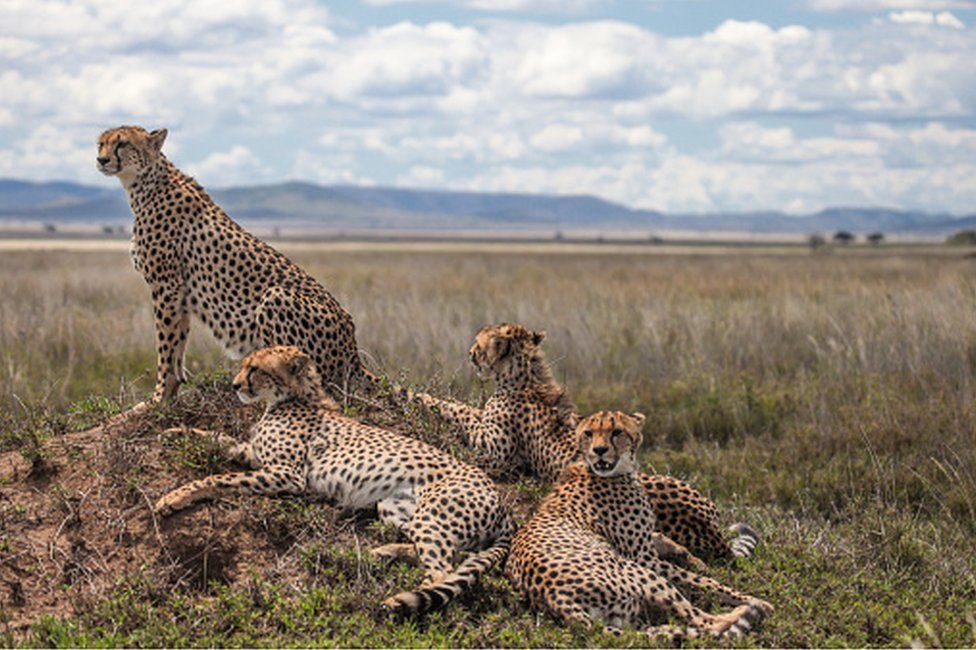
There is an impressive wealth of cats living in India. From the Indian tiger (known throughout the world) to the Asiatic lions last home- the gir forests of west india (the asiatic lion once roamed across Asia, throughout southern Europe, across northern and western Africa – therefore there are probably more “Asiatic” lion in Africa than in Asia), 12,000-14,000 leopards remain in the country. The snow leopard also still roams mountains within the country. It also still has a population of clouded leopards. In other words, in terms of big cats, it has all species except Jaguar.
Continue reading “South African cheetah to be introduced into India”Rajasthan madlyya Pradesh and Gujarat are all looking at potential sites were cheetah could be reintroduced. Given the precarious state of the cheetah population in Iran (thought to only be 50-60 animals) the reintroductions would come from Africa.
Continue reading “The possibility of reintroducing Cheetah to India is once again being looked at”In South Africa, as much of the cheetah population as much of the cheetah population live either outside protected land or in reserves that are small, with space for only a few individuals. Cheetah, being small, cannot defend their kills from Leopards Lions and Hyena, as well as loosing many of their young to these bigger predators.
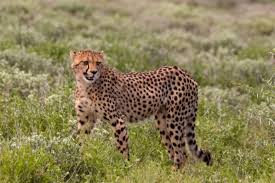









Join as an ambassador supporter to
support this site, help save wildlife
and make friends & log in

